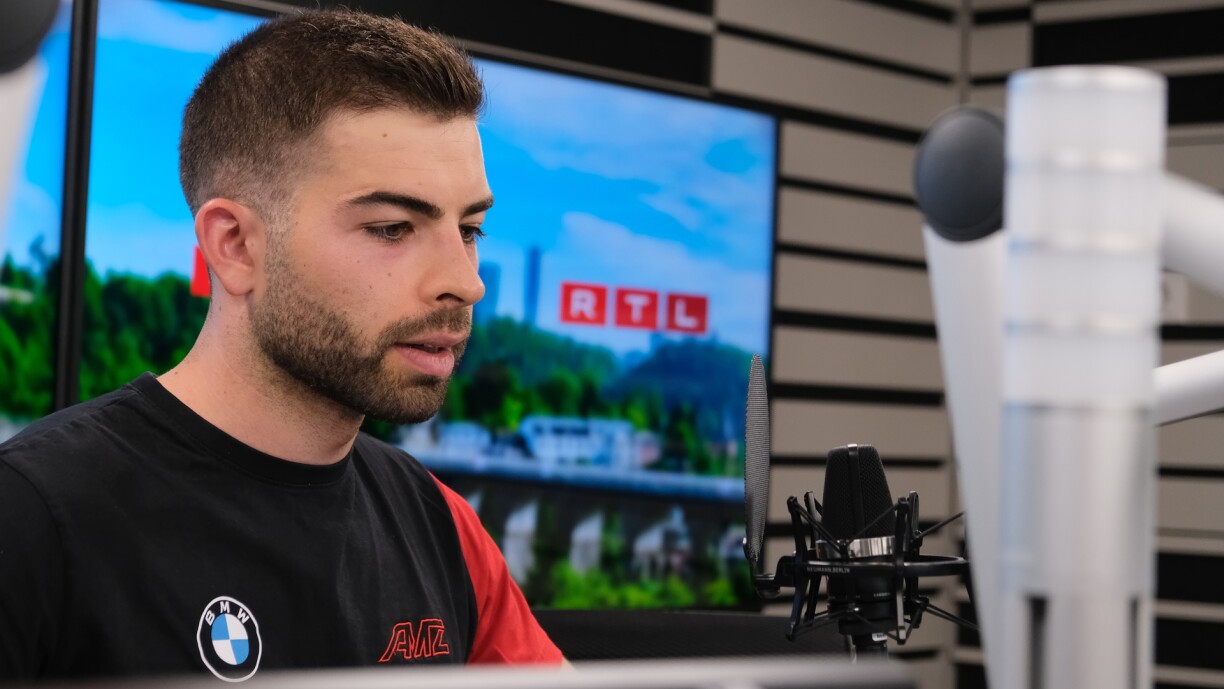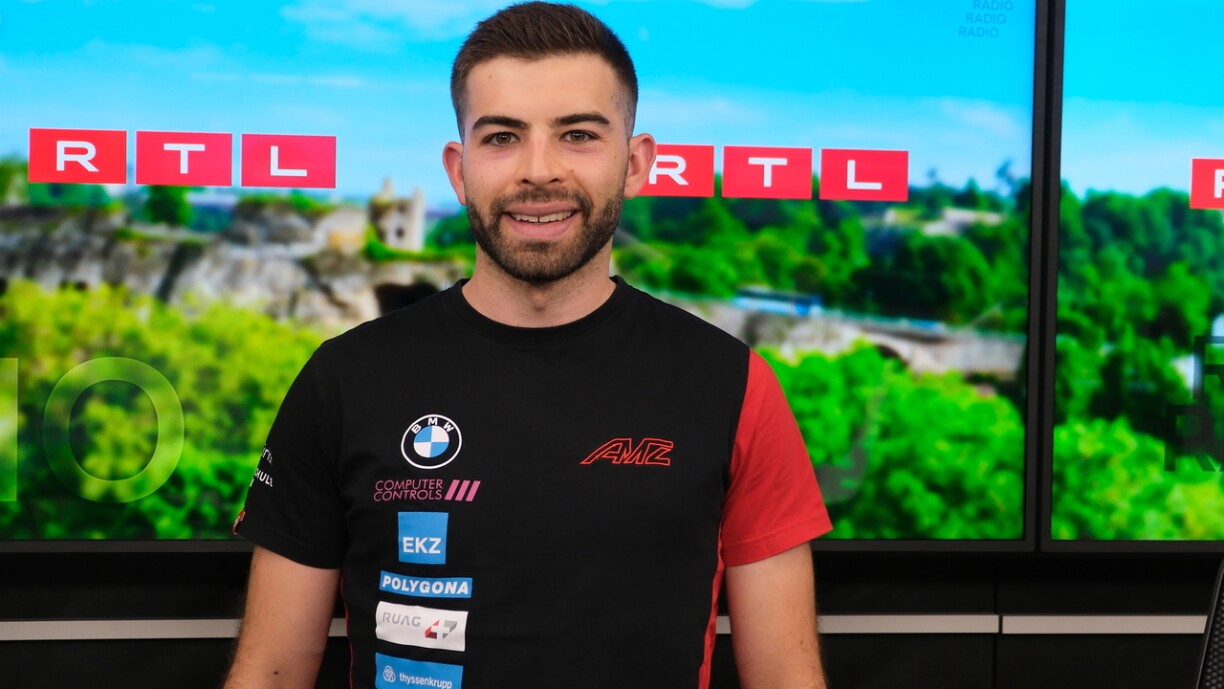
Yann Bernard, a Luxembourgish mechanical engineering student from the ETH Zurich, was one of 20 people participating in the “Formula Student” project. Bernard, who had previously worked on a similar project in 2018, was accompanied by three fellow Luxembourgers on the project, including Ben Weber (testing and regulation), Pit Peiffer (chassis), and Philippe Dominique (chassis and gearbox and other duties). Bernard was responsible for engine development and media.
Formula Student is a friendly, global engineering competition which brings together teams of students from universities all over the world. The aim is to spend a year building a race car from concept to prototype. Then teams compete in races all around Europe to discover who has the best time. While the engineers represent their respective universities, they are also supported by veteran consultants. Bernard’s team was helped by the AMZ Racing car enthusiasts, who have worked alongside Formula Student projects since 2006.

In an interview with RTL, Yann Bernard described the process behind their world record. The team began by selecting a car from 2019 and enhanced it into their own model. The result was an immensely powerful and aerodynamic car with almost 330 horsepower that only weighed 140 kilos without a driver.
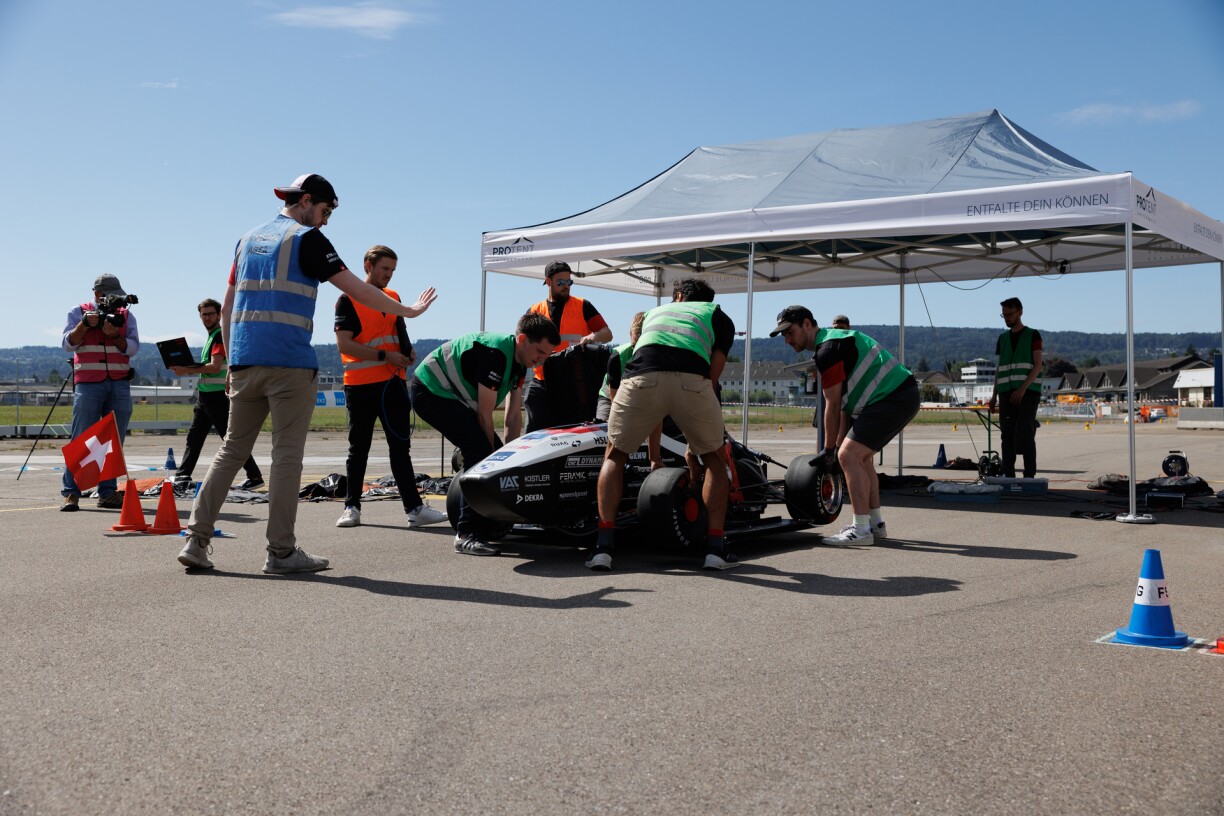
It took them eight intensive months to create their perfect prototype, but the experience was an awarding one. Not only did they learn a lot in a short amount of time, but they witnessed how a car is created and tested. “This was a huge opportunity,” said Yann Bernard.
Bernard explained that development and testing costs are covered by sponsors. The workshop is provided by their university, but everything else, from materials to equipment, is financed by sponsors such as BMW or local electricity supplier EKZ.
Over 100 sponsors support the project every year by purchasing materials or providing other services. In return, they benefit from the team’s success, as well as from the engineering students’ experiences. The whole project has a budget of around several hundred thousand euros, largely due to the specialist parts and techniques used which are also deployed in Formula One racing.

The old record for acceleration for electric vehicles in a single-seater open-cockpit car was previously held by students from the University of Stuttgart in Germany. They accelerated their car from 0-100 km/h in 1.461 seconds. But the future engineers of the ETH Zürich wanted to break the record themselves. After a bit of analysis, the students were certain they could make it happen.
In order to do it, their car needed to weigh as little as possible. So, the choice of driver was also crucial.
“We found Kate Maggetti, who weighs under 50 kilos, just because of the way her body is build. So we adapted everything to her specifically.”
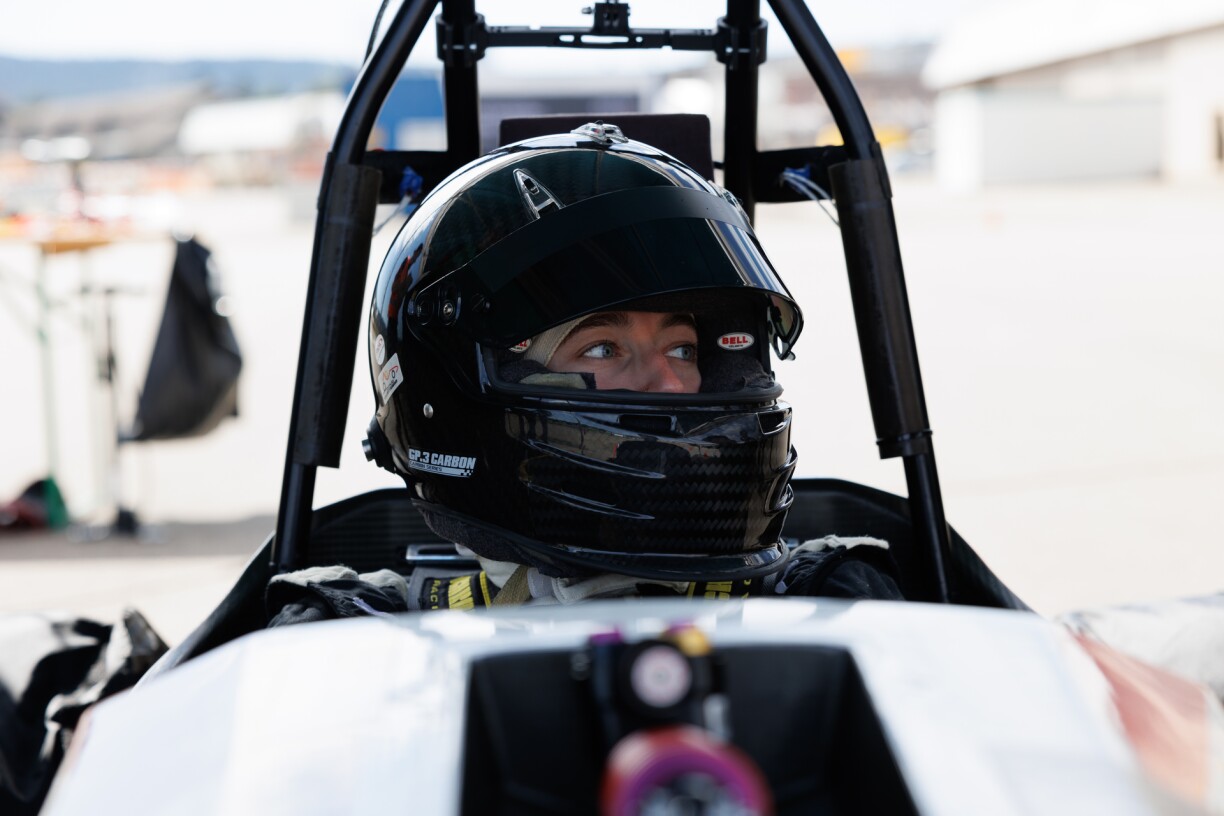
But the car also needs to have power. They developed a completely new battery, installed new technology a new motor to have a lot more power than the preceding models. The choice of tires were equally as important because they needed to keep the car grounded.
One week before the planned world record break was going to take place, the students were certain they could accelerate from 0 to 100 km/h in 1.2 seconds, as long as everything would go according to plan.
That crucial drive took place at the military airport in Dübendorf. Thanks to optimal conditions, the students were able to break the record around noon. They accelerated from 0 to 100 km/h in 1.1 seconds. It felt like a big reward after all the time and energy the students invested into the project.
Then the students became more ambitious. They mounted new tires to the car and analysed the data they collected. They cleaned the track once again and gave it a final test. And this time, they managed to do the acceleration in just 0.956 seconds.
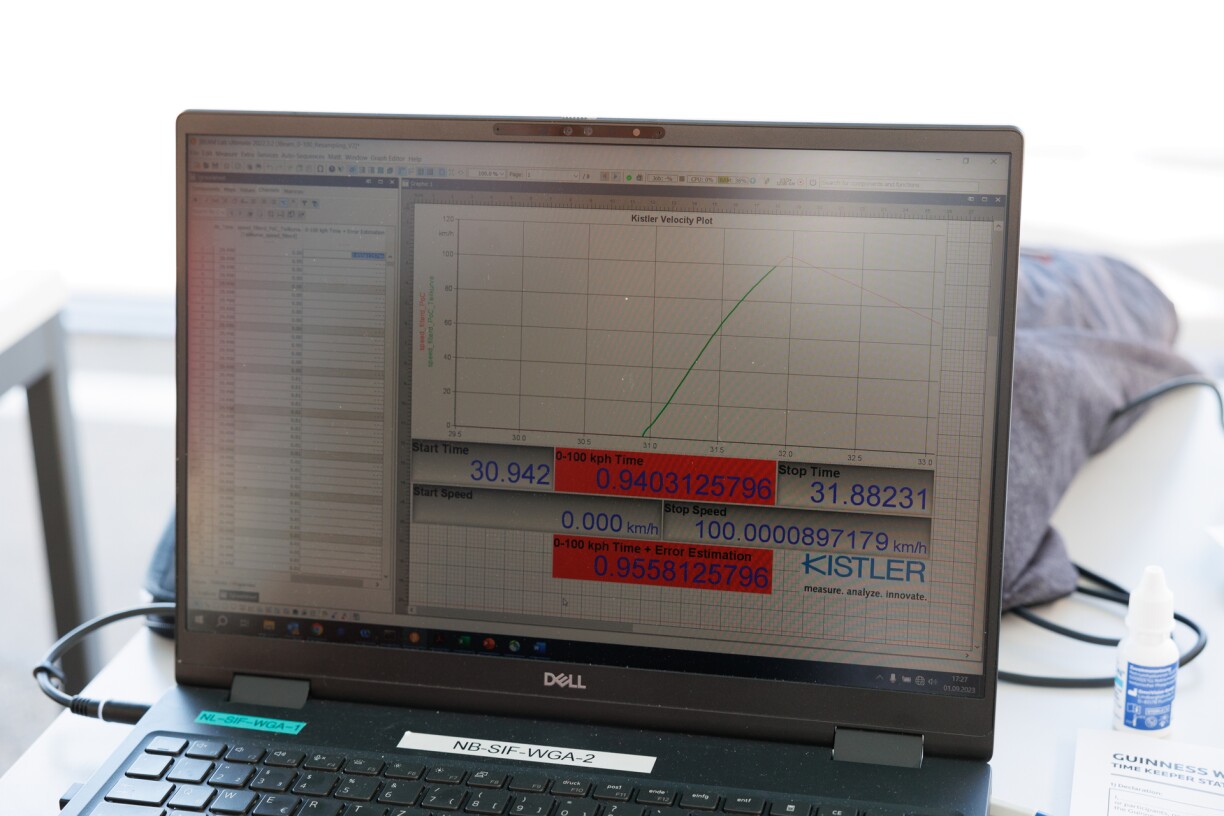
Other students from the group tried driving the car and to reproduce this record, but as all of them weighed over 65 kilos, none of them managed to get under 1 second. This proved to them that asking Kate Maggetti to be the driver was the way to go.
While she was not involved in the technical part of the project, she always made herself available for tests drives. Yann Bernard also wanted to note that her body was exposed to 3G while creating the world record. “In just one second, you do not have time to think or to react, you just have to do everything right in the moment.”
In order for a record to be officially recognised, it must fulfil a whole slew of conditions and everything is proofed in great detail. The students needed to be prepared so that they could present all of their data to Guinness World Records. By the time we interviewed Yann Bernard at the end of September, the record was certified and can be found on the website.
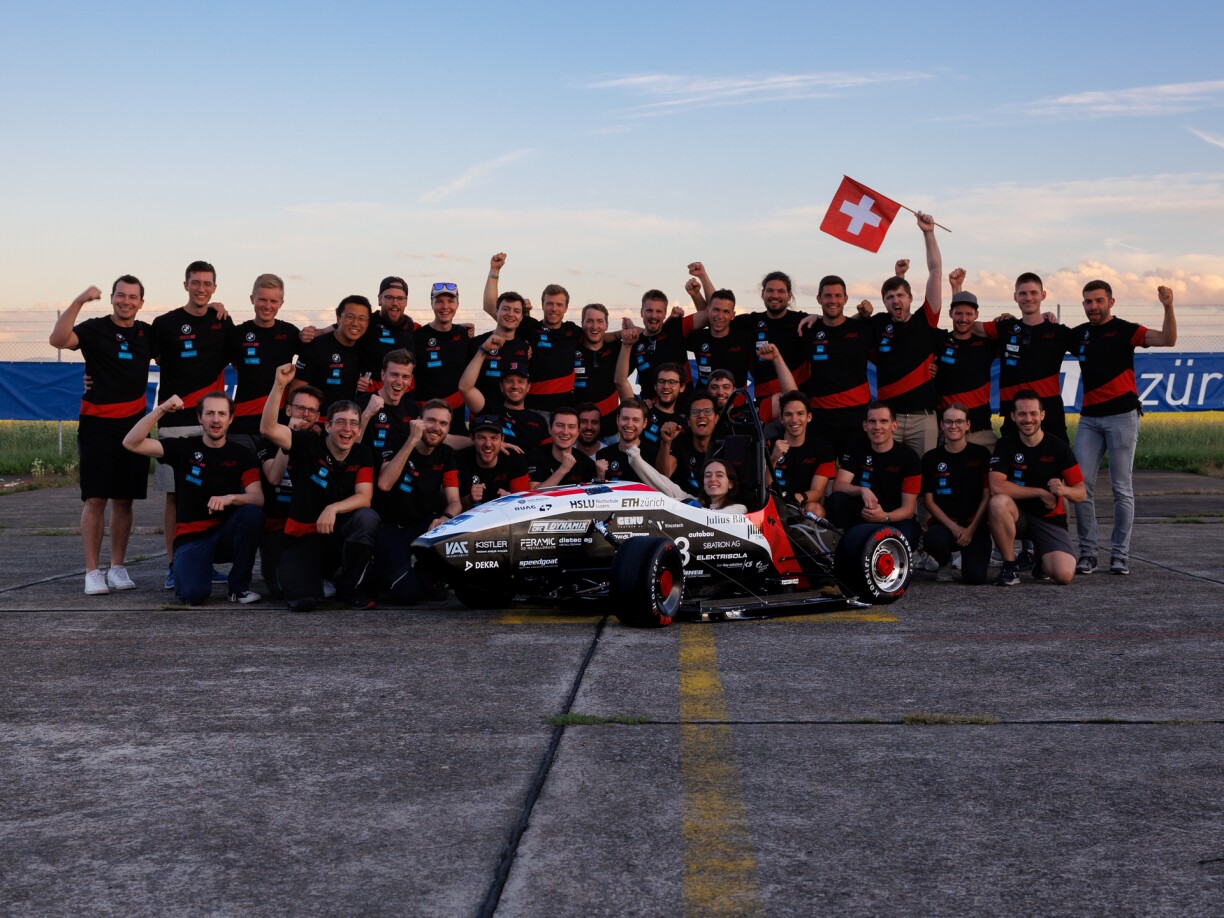
After the success of this world record, the studies of the young Luxembourger are now finished. He is looking to enter the workforce. Like many other Luxembourgers, Bernard will be staying in the city where he completed his studies. He likes being in Zürich, and he wants to keep working in this industry. But he is not excluding the chance of going back to his home country in the future.
